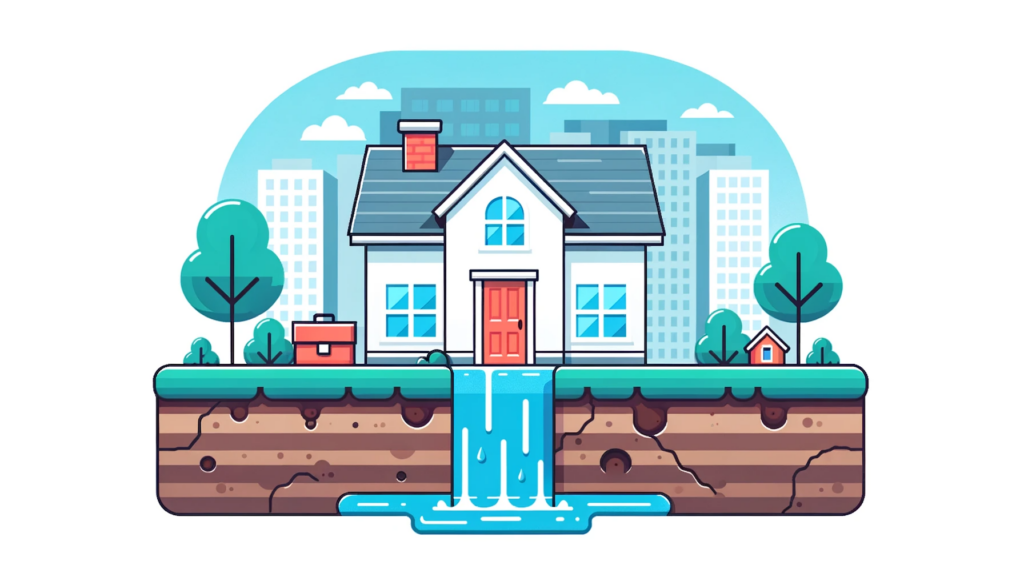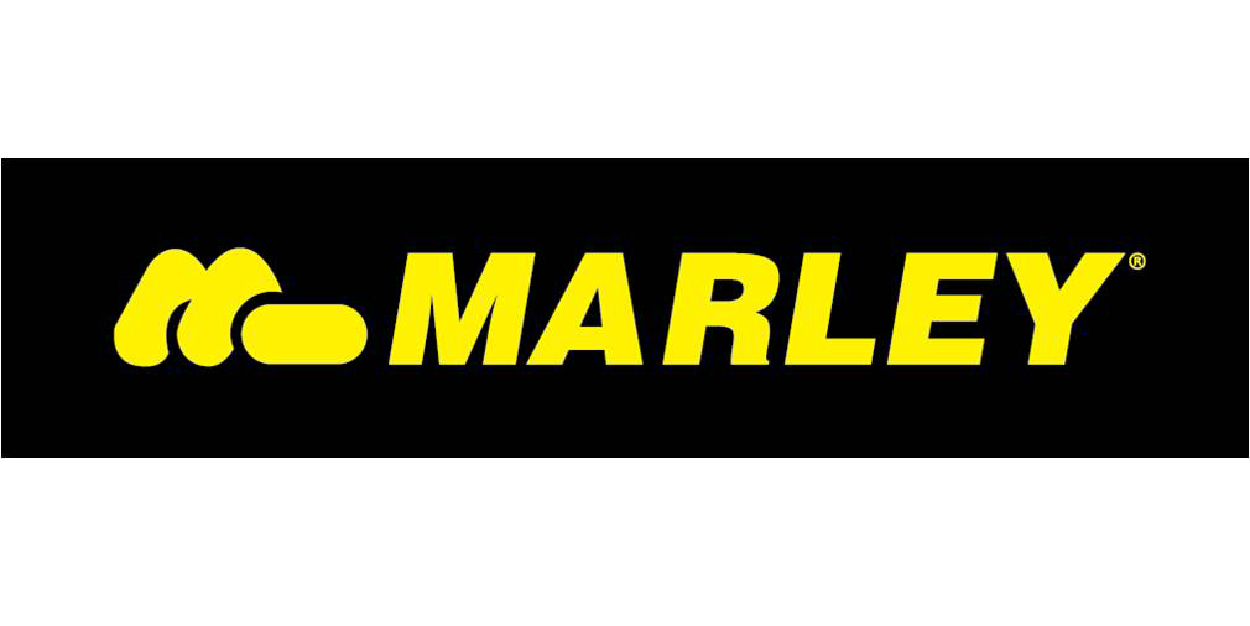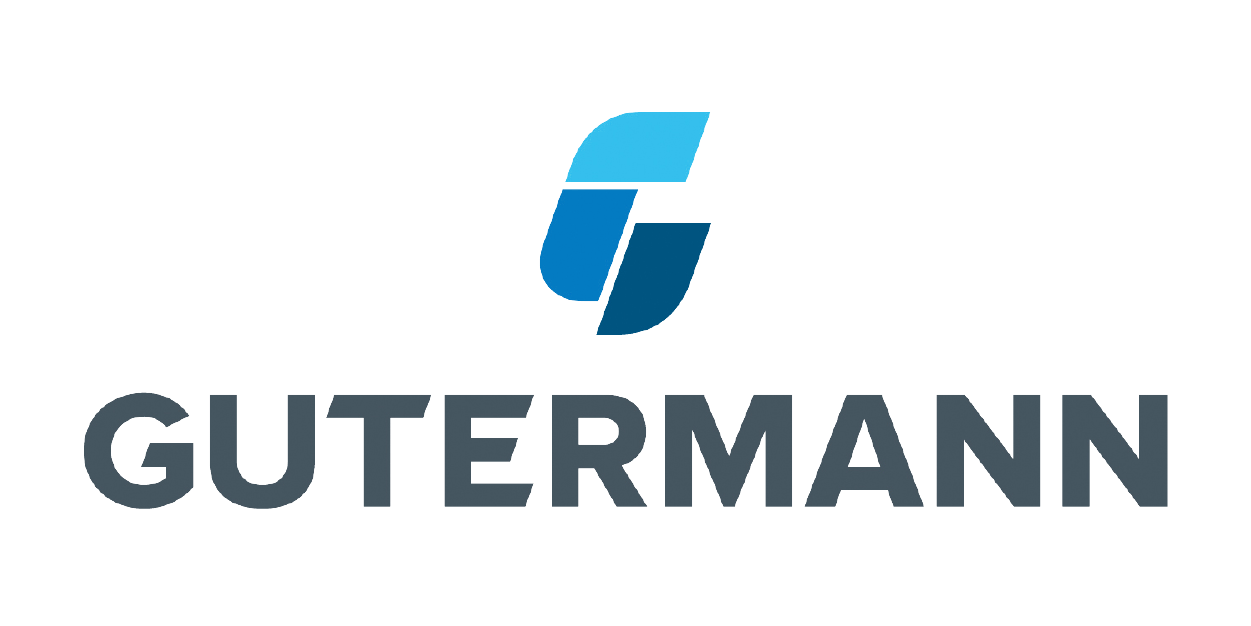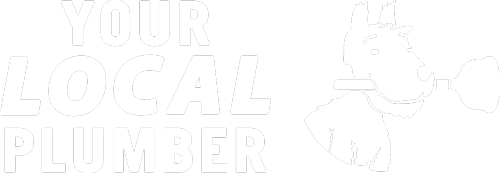
Call Today 09 973 4973 or
Gas Fireplaces and Log Sets
Gas fireplaces and log sets have become increasingly popular for adding warmth and ambiance to homes without the mess and hassle associated with traditional wood-burning fireplaces. These gas-powered alternatives come in a variety of styles, from traditional log sets that closely mimic the look and feel of wood fires to contemporary designs featuring glass beads or stones. The key to their performance, safety, and longevity lies in professional installation and regular maintenance.
The installation of gas fireplaces and log sets is a task that requires the expertise of professional gas fitters. This process starts with choosing the right fireplace type and size for the intended space, taking into account the heating needs, venting options, and personal aesthetic preferences of the homeowner. There are two main types of gas fireplaces: vented and vent-free. Vented models require a chimney or external vent to expel combustion gases outside, similar to traditional fireplaces but with the added efficiency and convenience of gas. Vent-free models, while efficient and not requiring an external vent, come with stricter installation guidelines due to concerns about indoor air quality.
Running a gas line to the fireplace is an essential part of the installation process and must be done by a licensed professional to ensure there are no leaks and the system operates safely. This includes the installation of safety features, such as oxygen depletion sensors in vent-free models, and ensuring proper ventilation to maintain indoor air quality.
Maintenance is crucial for the safe and efficient operation of gas fireplaces. It is recommended that homeowners schedule annual inspections with qualified technicians to identify and rectify potential issues like blockages in the vent system, leaks in the gas line, or malfunctioning components. These maintenance checks typically involve cleaning the burner and control compartment to remove any dust and debris, inspecting the ignition system and pilot light for proper function, ensuring the venting system is clear of obstructions, and testing safety features to confirm they are operational.
Regular maintenance not only extends the lifespan of the gas fireplace but also ensures it remains a safe and enjoyable feature of the home. Adhering to the manufacturer’s recommendations for care and scheduling annual professional inspections are best practices that homeowners should follow to keep their gas fireplace in optimal condition.
Gas fireplaces and log sets offer a convenient and aesthetically pleasing way to add warmth to a home. With the right professional installation and diligent maintenance, they provide a reliable and efficient heating solution that enhances the comfort and ambiance of any living space.
Suppliers




